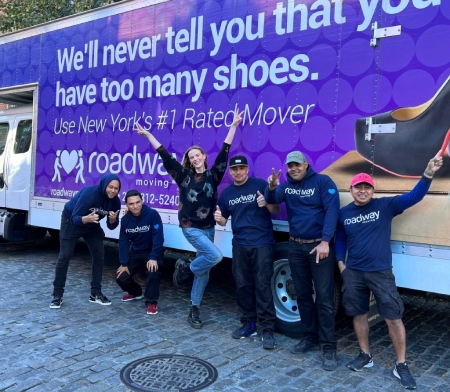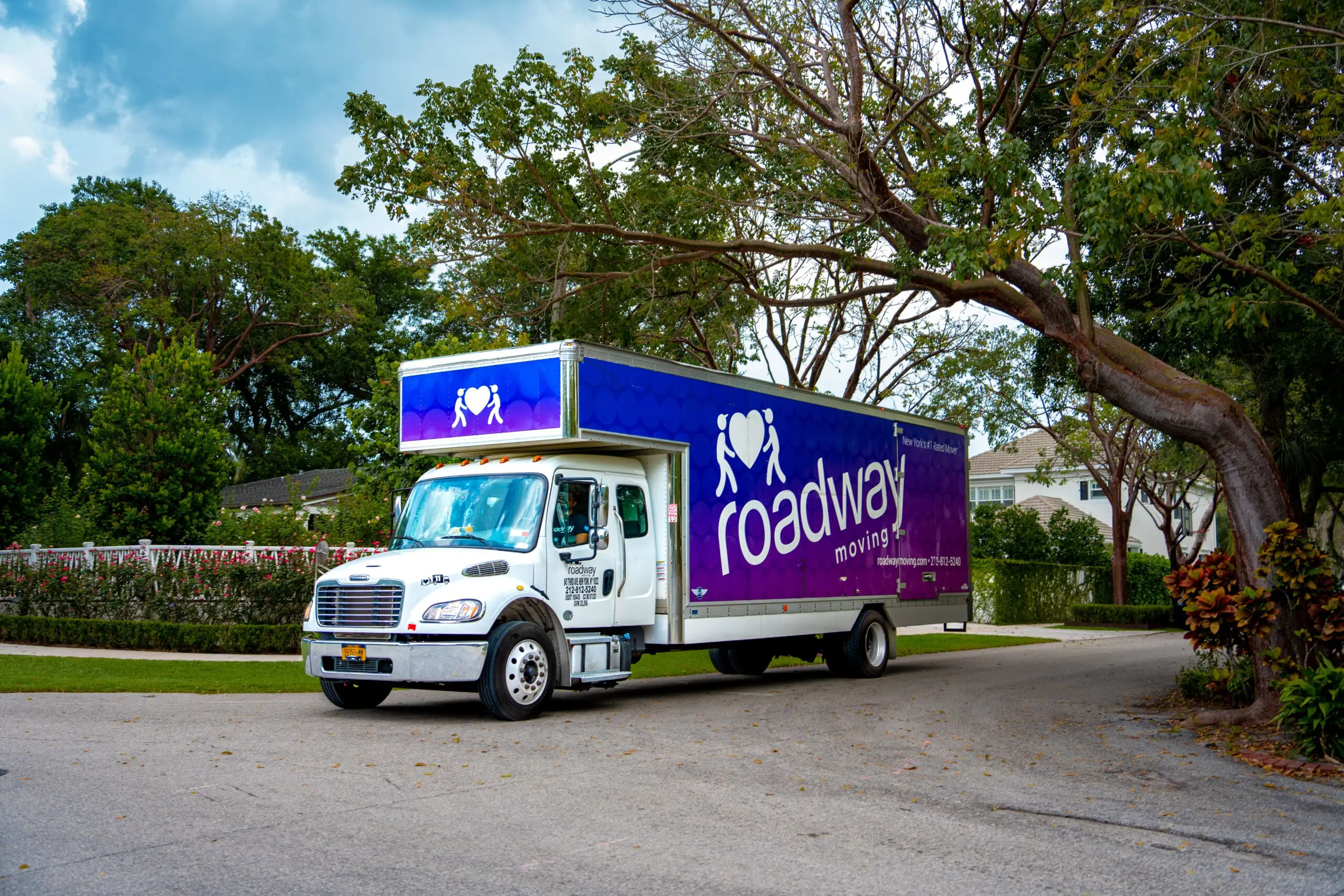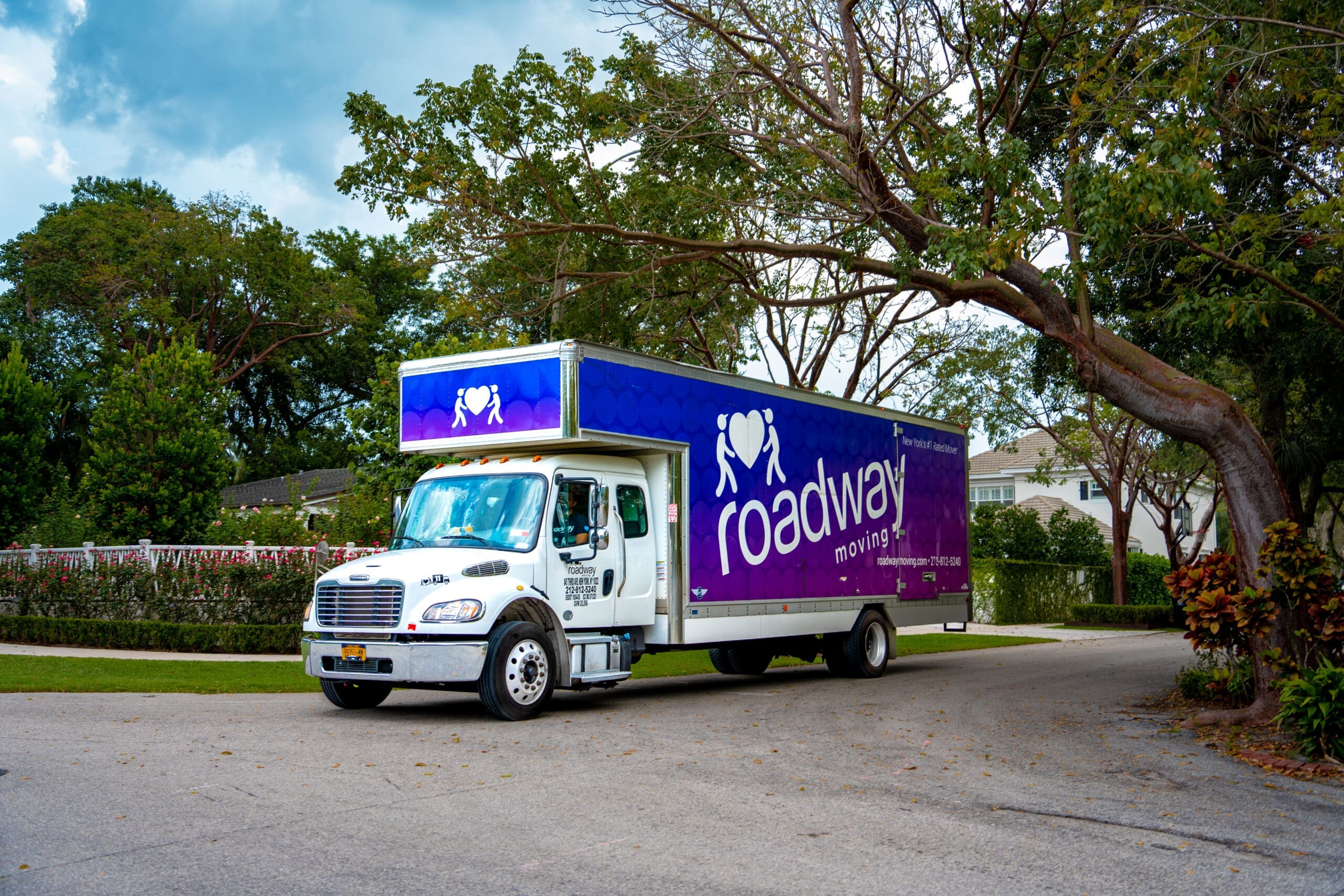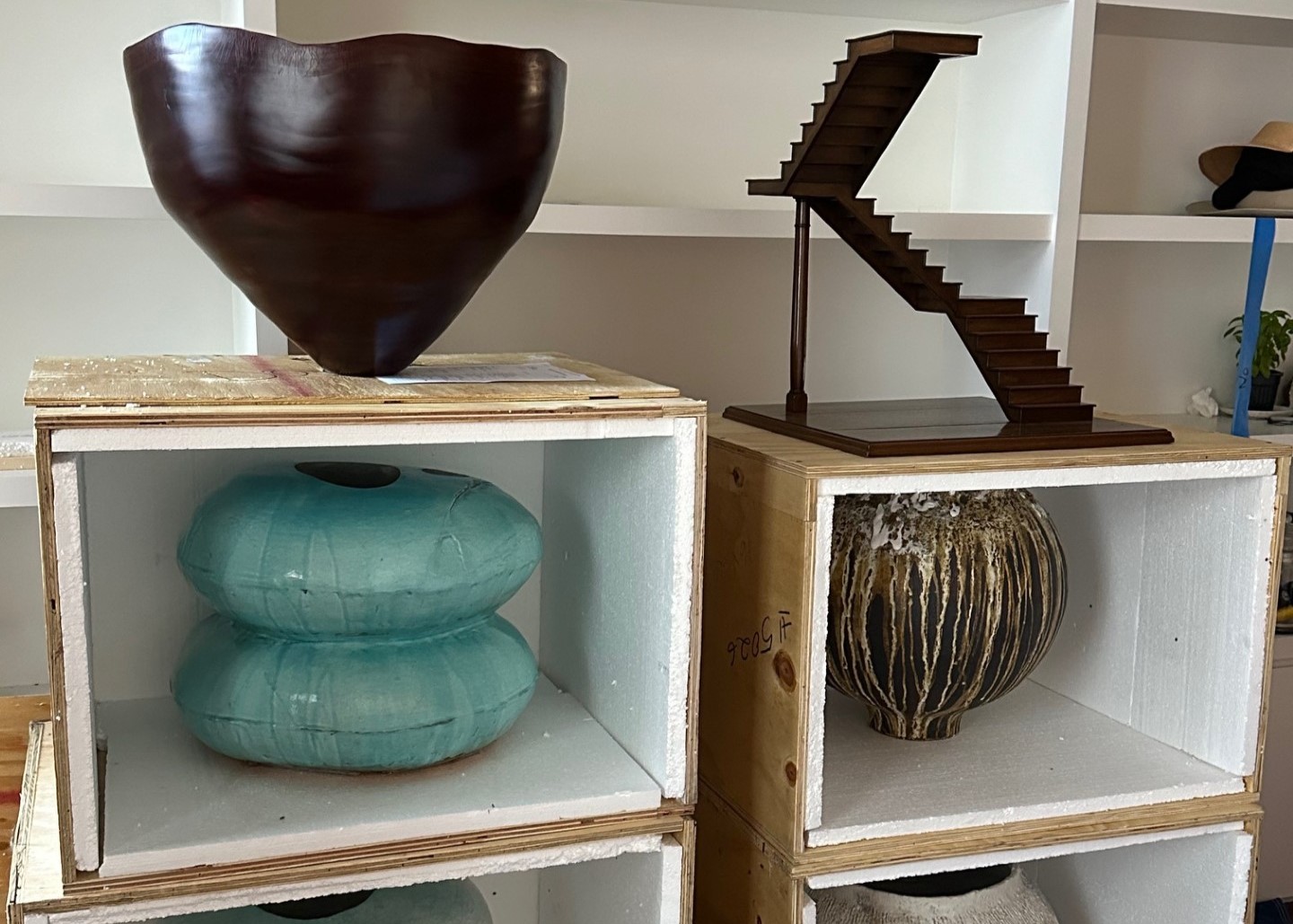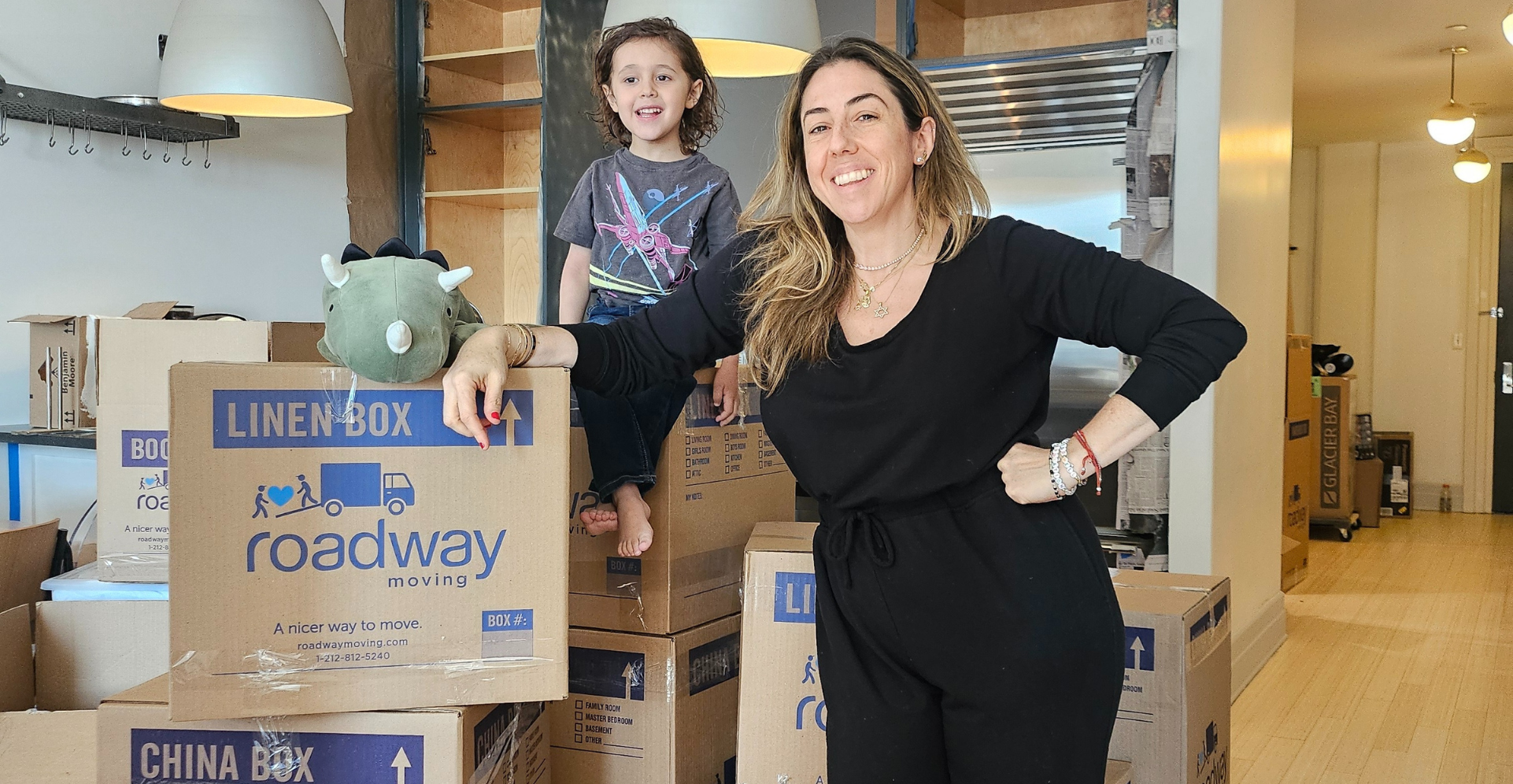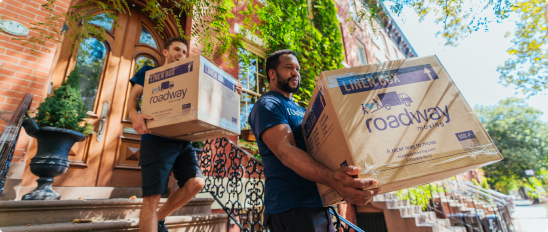How to Pack Your Kitchen for a Move






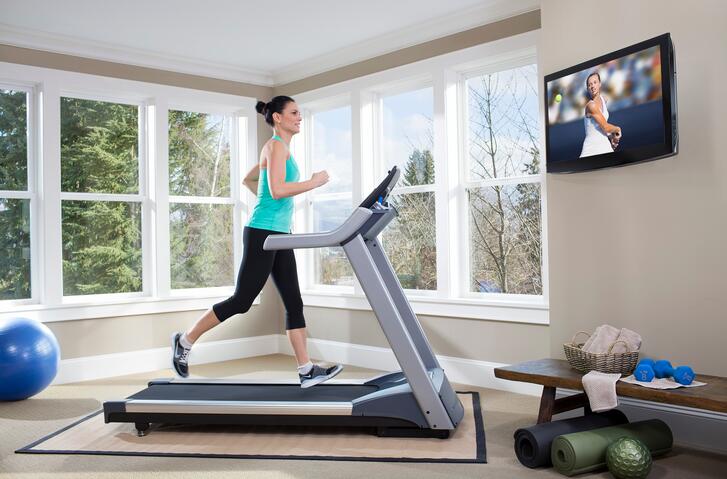
Few parts of a move are more intimidating than packing up the kitchen. With countless tiny objects, a few massive ones, and tons of breakable items, we don’t blame anyone for throwing in the dish towel and paying someone to do it instead.
Follow our tips on how to pack your kitchen for a move, and your stuff will be ready for their new home in no time.
Start Planning Early
As with any stage of the moving process, we always suggest planning well in advance. This minimizes the chances of surprises like unexpected expenses or not having the right supplies when you need them most.
Planning early is also the key to an easy stress-free move. Knowing that everything is scheduled, purchased and in place will help even the most anxious or novice movers stay as relaxed as possible when moving time comes.
We suggest giving yourself 2-3 days to fully pack your kitchen. Before that date, make sure you acquire everything you’ll need for the packing itself. This means:
- Extra sturdy dish boxes
- Bubble wrap or packing paper
- Heavy duty packing tape
- Clean dishtowels
- Rubber bands
Especially when it comes to boxes, you’ll almost always need more than you think. Also, ensure the boxes you choose are of a high-quality. Nothing’s worse than finally getting all of your stuff snugly in a box—and it breaks apart.
Although, you can go the cheap route and find used boxes at liquor shops, we recommend against it for this reason. Instead, spend the few extra bucks for new boxes, or even get box delivery to make this busy time a little bit less hectic.
We also suggest using packing paper instead of bubble wrap. There is no denying that bubble wrap does a great job of keeping things safe. However, it’s also terrible for the environment, especially if only used once.
Packing paper does just as solid of a job and is recyclable. If you do prefer bubble wrap, try to at least use it sparingly for your most fragile items and save it for future reuse.
Sort Your Stuff
Before you wrap up a single item and start boxing it away, go through and organize your kitchen items to see what you actually want to take with you. This will help you avoid having to make any last-minute decisions during the packing process itself.
Just think—Do you ever really use that stovetop popcorn popper or melon baller? If you haven’t touched it in over year or it doesn’t have significant personal value, put it in a Donate Box and give it to Goodwill or another charity.
The same goes for food. Start with your pantry and toss everything that has expired. Do you have any canned foods collecting dust? Throw those in the Donate Box as well for a local food pantry. For everything else like cans, rice, pasta, etc., begin packing those in the moving boxes.
Then, start with the refrigerator and other perishables. Unfortunately, you’ll likely want to toss most, if not all of the food here. Liquids can easily spill in-transit and perishables like dairy products, meats, or vegetables can spoil, especially during the summer.
Sorting everything out may seem like one extra thing to do, but once you get into your new place, less clutter will be liberating. Plus, you’ll have less to unpack!
Prep Your Boxes for Safety
First, assemble your boxes and ensure the bottoms and sides are completely secure. Then take several sheets of packing paper and crumple them into long rounded “bumpers” to line the bottom of the boxes. These will help pad the boxes, keeping your belongings safe.
Then as you pack each box, place another row of bumpers between each layer of stuff for extra protection. Put heavier items on the bottom and lighter items on top. Once the box is almost full, add one last bumper layer to the top of the box.
This is where choosing sturdy, heavy duty boxes is essential. Always ensure that you haven’t overpacked the boxes containing dished
Start Packing
One great way to get an efficient system going is to create a “home base”. Pick a flat open area, likely a countertop, that will be the spot where you do the majority of your packing. Make sure the area is clean and dry. Place a stack of packing papers on it.
Now pick a starting point in your kitchen (don’t overthink it), tackle one section at a time, and start wrapping. Here are our tips on packing your kitchen items.
- Silverware
Silverware should be packed in the packing papers. Take a stack of 3-4 papers, roll up a bundle of silverware inside, and tape it securely. Make sure knives and the sharp ends of the forks aren’t sticking out to avoid possible injuries.
For valuable or antique silverware, wrap each piece separately to avoid possible damage and scratching. - Cup and Dishes
Place each cup or dish in the center of a packing paper piece and fold the corners towards the center and continue wrapping around the item until secure. - Glassware, China and Other Fragile Items
Obviously, be extra careful when wrapping these items. Place them in smaller boxes that is only shared by similar items.
We highly recommend getting a box specifically made for stemware, china or other items that are especially fragile or breakable for extra security. You’ll be wishing you did if anything breaks.
Be careful not to overpack each box when filling with items. Especially for your dishware and other fragile items, a box that is too heavy can lead to the bottom giving out.
To best distribute weight when packing dishware, place the heaviest plates at the bottom of the box with lighter dishes, bowls, or cups on top.
Ensure that there is as little extra room as possible for items to shift or move around during transit and pack any extra space with packing paper. This will keep things from smashing into each other during the move which can cause damage.
Always use a separate box entirely for extra fragile items like wine glasses. You can also purchase a dish pack kit for an extra secure move.
Once each box is filled, clearly label what’s inside and mark the ones filled with breakable items “FRAGILE.” Take an inventory of all of your boxes so you can ensure everything arrives at your new home and that’s it! You’ve successfully packed your kitchen for your move.


